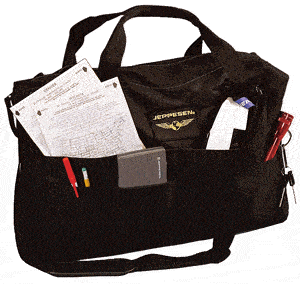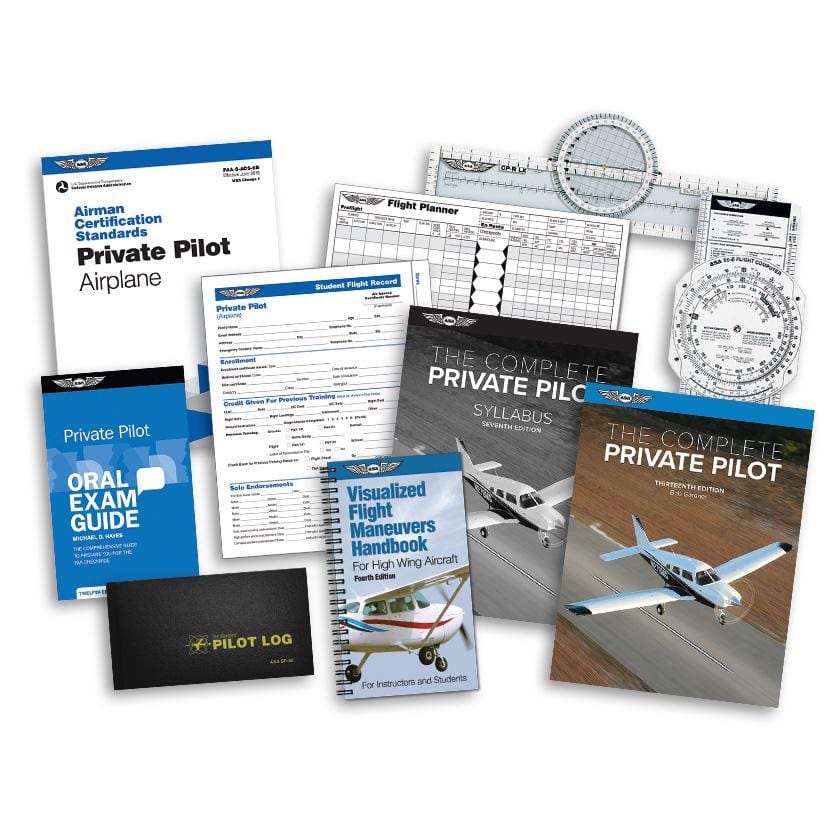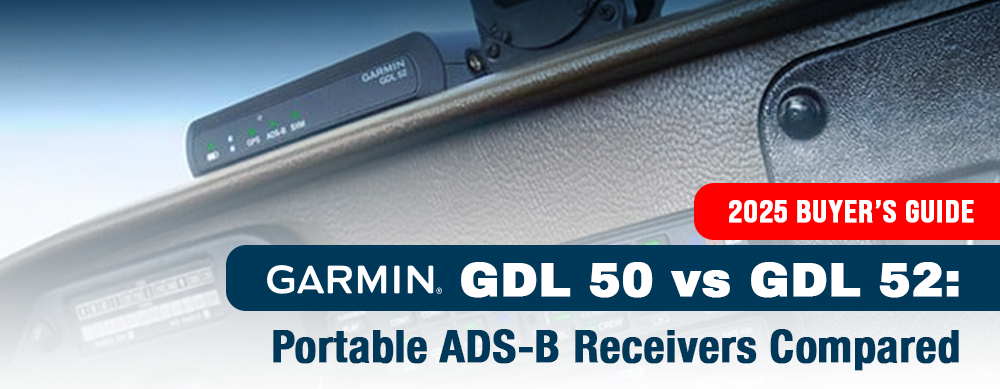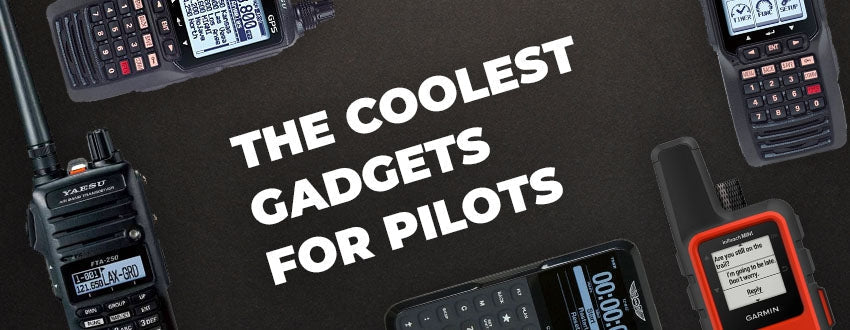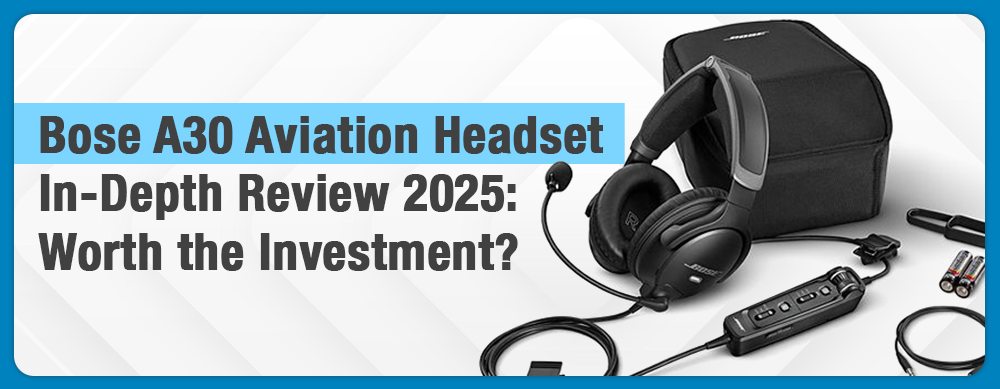Introduction: Why Pursue a Private Pilot License?
Becoming a private pilot in the United States remains a challenging yet immensely rewarding journey. With the latest advancements and regulatory updates in 2025, aspiring pilots can now take advantage of streamlined training methods and modern resources. Whether your goal is personal recreation or the first step toward an aviation career, this guide provides a clear, step-by-step roadmap—complete with expert insights, new regulations, and practical tips—to help you earn your private pilot certificate.
Table of Contents
Step-by-Step Process to Become a Private Pilot
- Research Flight Schools: Start by using the updated AOPA Flight School Finder to locate reputable schools near you.
- Apply for FAA Medical Certificate: Visit the specific FAA Medical Certification FAQ page to learn about the Class 3 medical requirements and find an Aviation Medical Examiner (AME).
- Start Flight Training Lessons: Enroll in your chosen flight school or sign up with a certified flight instructor, and begin accumulating flight hours.
- Pass the Private Pilot Knowledge Test: Prepare for and pass the written exam using updated test prep materials from reputable sources.
- Pass the Private Pilot Practical Exam: Complete your checkride in accordance with the latest Airman Certification Standards for the airplane category.
Ground School Essentials
Ground school forms the theoretical backbone of your training. In 2025, many schools offer a hybrid model that combines online classes with in-person sessions. Core subjects include aerodynamics, meteorology, navigation, and aviation regulations.
- Interactive online courses and mobile apps provide flexible learning options.
- Classroom sessions offer practical examples and group discussions.
- Utilize FAA study guides and practice tests to prepare for the written exam.
Expert Tips for Success in Pilot Training
Achieving success in pilot training requires organization, persistence, and a commitment to continuous learning. Here are some expert tips:
- Stay Organized: Keep a detailed log of your flight hours, training sessions, and exam preparation.
- Practice Regularly: Blend simulator sessions with real flight time to reinforce your skills.
- Ask Questions: Leverage the knowledge of instructors and seasoned pilots.
- Embrace Feedback: Use constructive criticism to improve your technique.
Expert Insight: "Balancing rigorous practice with a continuous desire to learn is the key to success in pilot training," explains Captain Jane Smith, a veteran flight instructor with over 20 years of experience.
Common Mistakes to Avoid
Avoid these pitfalls to ensure a smoother journey:
- Poor Planning: Not setting clear goals or maintaining a consistent training schedule.
- Insufficient Ground Study: Underestimating the importance of theory and simulator practice.
- Rushing the Process: Attempting to complete training too quickly without mastering essential skills.
- Choosing the Wrong School: Failing to research school reputation, instructor credentials, and available resources.
What's New in 2025
The pilot training landscape has seen several exciting updates this year:
- New FAA regulations streamline the certification process and clarify medical requirements.
- Enhanced online ground school curricula now feature interactive modules and virtual classrooms.
- Full-motion simulators are increasingly integrated into training programs, offering realistic scenarios such as engine failure and crosswind landings.
- More scholarship opportunities and financing options are available from organizations like AOPA and EAA.
These changes not only make the training process more efficient but also improve safety and accessibility for aspiring pilots.
Private Pilot Ratings Explained
Once you earn your private pilot license, you can pursue additional ratings to expand your skills:
- Day VFR Rating: Allows you to fly under Visual Flight Rules during daylight hours.
- Night Rating: Permits flying at night under specific conditions.
- Instrument Rating (IFR): Enables you to fly in a wider range of weather conditions using instrument navigation.
- Multiengine Rating: Qualifies you to operate aircraft with more than one engine.
These ratings enhance your flying capabilities and open the door to more advanced aviation opportunities.
Frequently Asked Questions
1. What is a private pilot license?
A private pilot license (PPL) authorizes you to fly for personal and recreational purposes. It is issued by the FAA once you complete the required training and pass both written and practical exams.
2. What are the eligibility requirements?
You must be at least 17 years old, be proficient in English, pass an FAA medical exam, and complete both ground school and flight training.
3. How long does the training take?
Most students complete their training within 6 to 12 months, depending on individual pace and scheduling.
4. How much does it cost?
Costs vary based on flight school, location, and training method, but typically range from $10,000 to $30,000 or more.
5. Can I fly internationally with a PPL?
Yes, you can fly internationally as long as you comply with the regulations of the destination countries.
Additional Resources & Recommended Books
Enhance your training journey with these resources:
- FAA Website – For up-to-date regulatory information.
- AOPA – Offers flight school reviews, scholarship information, and pilot training tips.
- Private Pilot Exam Prep Materials – Study guides, practice tests, and more.
- Books:
- "The Student Pilot’s Flight Manual" – A practical guide for new pilots.
- "Rod Machado's Private Pilot/Commercial Handbook" – A classic resource on flight fundamentals.
Interactive Checklist for Aspiring Private Pilots
Before You Take Off:
- Research and select a reputable flight school.
- Apply for and obtain your FAA medical certificate.
- Enroll in ground school and begin your flight training.
- Prepare for and pass the FAA written exam.
- Schedule your checkride and complete your practical exam.
Use this checklist to track your progress and stay on course to earn your private pilot license.
Summary
In 2025, earning a private pilot license is an achievable goal when approached with a structured, well-researched plan. By following our step-by-step process—from researching flight schools and obtaining your FAA medical certificate to mastering ground school and practical exams—you'll be well-prepared to navigate the skies. Leverage modern training techniques, stay current with updated regulations, and use available resources to boost your success. With dedication and the support of the aviation community, your dream of becoming a private pilot is within reach.
For further insights into aviation careers, explore our Aviation Career Tips and other related guides on our website.



